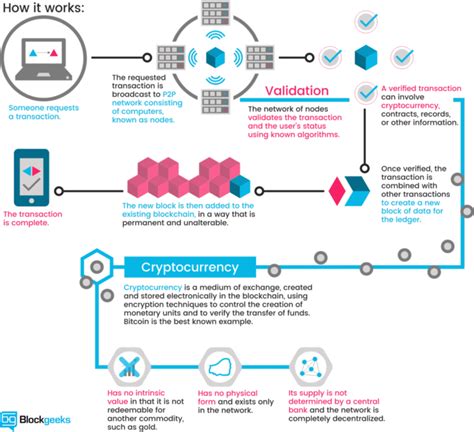Ethereum: What is the blockchain.info block index?
Understanding the Block Index in Ethereum Blockchain API
The Ethereum blockchain API provides various methods for interacting with the Ethereum network, allowing developers to build custom applications on top of the blockchain. One such method is the blockchain_api endpoint, which offers a way to retrieve information about a block index. In this article, we’ll explore what a block index is and how it’s used in the Ethereum blockchain API.
What is a Block Index?

In the context of the Ethereum blockchain, a block index (also known as a “block number”) represents the position of a block within the current set of unconfirmed transactions. It’s an important concept because blocks are essentially containers that hold a certain amount of transactions, and each transaction has a unique hash.
Think of it like this: imagine you’re at a party with all your friends, and each friend is bringing a plate of food. The number on their plate represents the position of their block within the current set of unconfirmed transactions. As the party continues, new people arrive, bring more plates, and add to the existing blocks.
How Does the Block Index Work?
The Ethereum blockchain API uses a specific mechanism to calculate the block index:
- Each block contains a unique identifier (a “block hash”) that serves as its own reference.
- The block hash is used to determine which transactions are included in the block.
- When a new block is created, it’s assigned a block number based on the current maximum block number and a timestamp.
- As the API retrieves data from the blockchain, it uses the block index (block_number) to identify the specific block being referred to.
Using the Block Index in Ethereum Blockchain API
To use the blockchain_api endpoint with a block index, you need to make an HTTP request using the GET method and specify the following parameters:
chain_id: The ID of the Ethereum chain (e.g., “1” for the Mainnet or “4” for the Ropsten test network).
block_index: The specific block number that you want to retrieve information about.
Here’s an example API call:
GET
This will return a JSON response containing information about the specified block, including its hash, transactions, and more.
Conclusion
In summary, a block index represents the position of a block within the current set of unconfirmed transactions on the Ethereum blockchain. The blockchain_api endpoint provides a convenient way to retrieve this information using the block_index parameter. By understanding how block indices work and how to use them in the API, developers can build robust and reliable applications on top of the Ethereum network.


